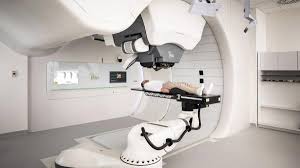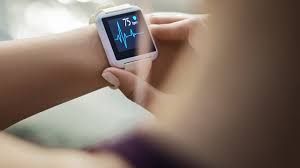Minimally invasive treatment technique for Heart Patients
In an unique, minimal invasive treatment for patients with Atrial Fibrillation, AIG Hospitals, Hyderabad, performed the novel Cryoballoon Ablation procedure on two patients, making it the first hospital to do so in south India. “Atrial

In an unique, minimal invasive treatment for patients with Atrial Fibrillation, AIG Hospitals, Hyderabad, performed the novel Cryoballoon Ablation procedure on two patients, making it the first hospital to do so in south India. “Atrial Fibrillation (AFib) is a common heart rhythm disorder affecting more than 50 lakh Indians, which increases the risk of stroke and heart failure. In AFib, electrical impulses (which dictate the heart rhythm) are fast and chaotic, leading to irregular heartbeats and making it less effective in pumping blood,” explained doctors from AIG Hospitals. Patients with AFib complain of palpitations, weakness and shortness of breath and usually, if medicines do not help, they are required to go for radiofrequency ablation procedure to stop the malfunctioning electrical signals using radiofrequency energy. “This new technique, Cryoballoon Ablation, uses freezing (cryo) to deactivate the abnormal heart tissue causing the irregular heartbeats. This was chosen over Radiofrequency Ablation (RFA) because it yields more effective results, and in that case, the reoccurrence of AFib is significantly less. The procedure time is also less as compared to RFA. All these lead to a better quality of life for our patients,” said Dr C Narasimhan, Director & HOD, Electrophysiology, AIG Hospitals.
Meanwhile, post the first set of procedures done in the hospital, the two patients were discharged in a day and were able to resume their normal physical activities soon after. “This is an encouraging start for us as we have managed to treat AFib using this technique, which is much safer. Furthermore, we are coming up with a dedicated AFib clinic to identify and help these patients under a comprehensive programme involving specialists from cardiology, electrophysiology, cardiac surgery and imaging, and arrhythmia research,” he added.






